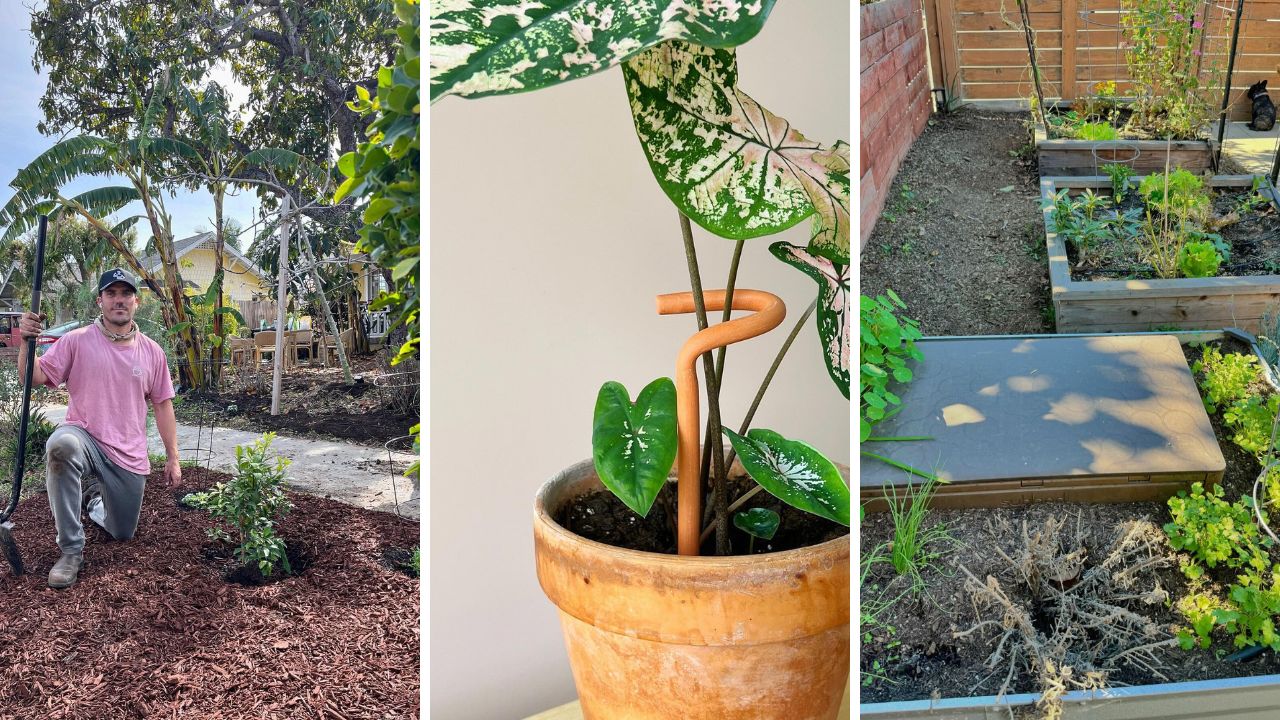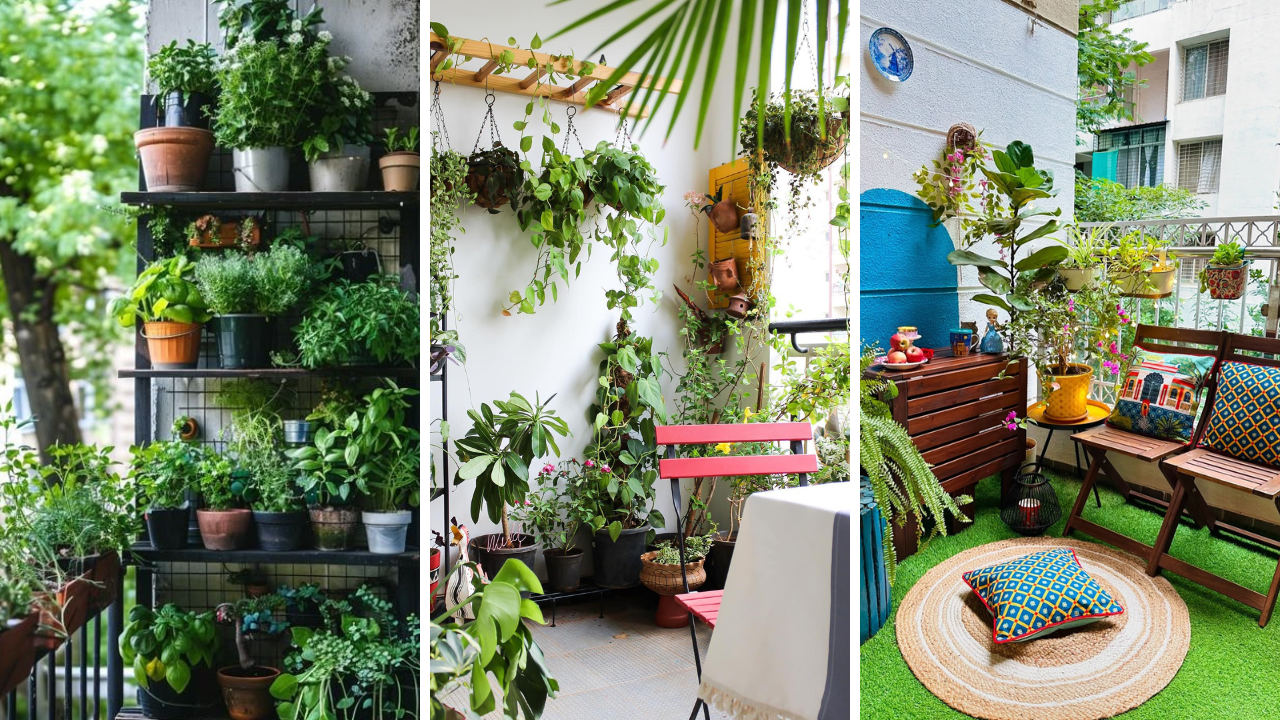Drawing is one of the most rewarding creative skills, but it’s also a journey filled with trial and error. Many aspiring artists start with enthusiasm, only to feel frustrated when their work doesn’t match their expectations. The truth is, there are fundamental lessons that can significantly speed up your learning process, boost your confidence, and help you produce artwork you’re proud of. Whether you’re a complete beginner or someone looking to refine your skills, these 21 drawing lessons will change the way you approach art. From understanding the importance of basic shapes to mastering shading, perspective, and texture, these insights will take your skills to the next level. Along the way, we’ll also recommend high-quality tools available on Amazon that can help enhance your drawing experience. Let’s dive in!
1. Start with Basic Shapes Before Adding Details
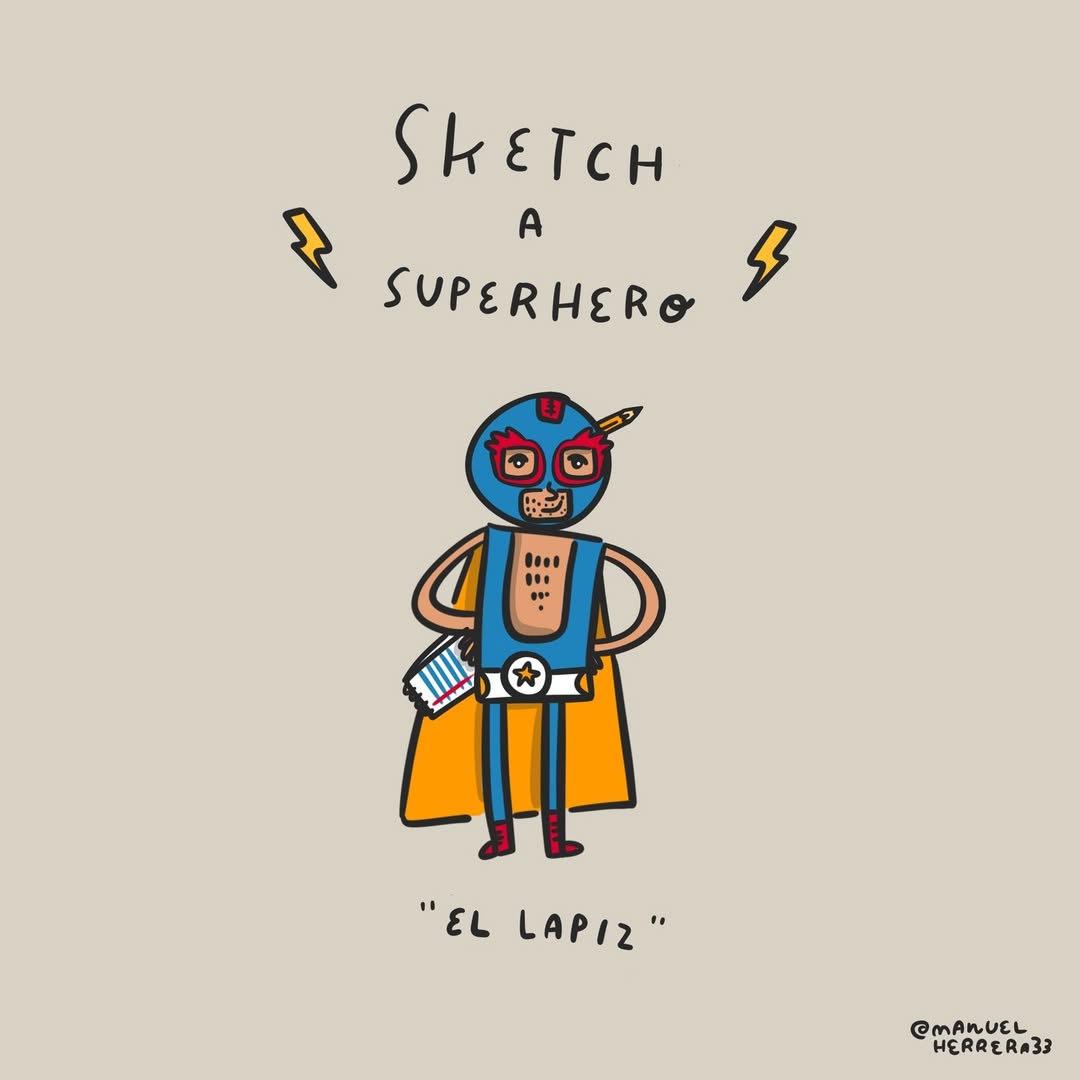
source @manuelherrera33
One of the biggest mistakes beginners make is jumping straight into drawing complex subjects without breaking them down first. Every object, whether it’s a face, an animal, or a landscape, can be simplified into basic shapes like circles, squares, and triangles. By sketching these simple forms first, you can map out proportions and structure before getting lost in the details. This technique prevents distorted drawings and helps you build accuracy over time. Professional artists often begin with rough shapes before refining their work, and so should you. A great tool to support this habit is a sketchbook with grid lines, which helps with structure and proportions. [Amazon product recommendation]
2. Master the Art of Line Weight
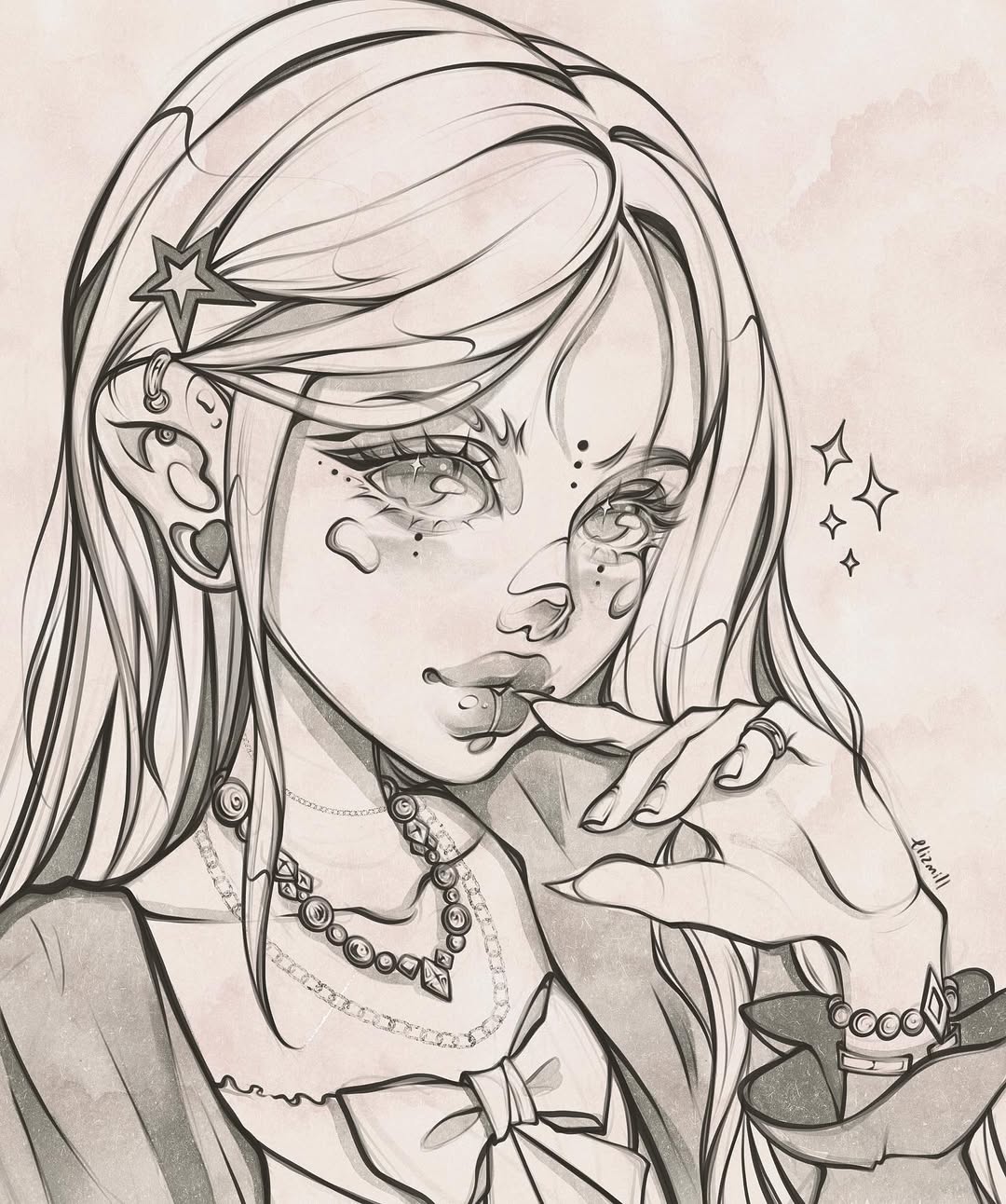
source @elizmil.art
Line weight refers to the thickness and darkness of your lines, and mastering it can make a massive difference in your artwork. A variation in line weight adds depth, contrast, and a sense of realism. Lighter strokes create soft textures and subtle details, while bold, dark lines emphasize important features. Instead of drawing with the same pressure throughout, try adjusting your grip and pressure to create a dynamic effect. A set of graphite pencils with varying lead hardness is a must-have to practice this technique. [Amazon product recommendation]
3. Learn to See Like an Artist
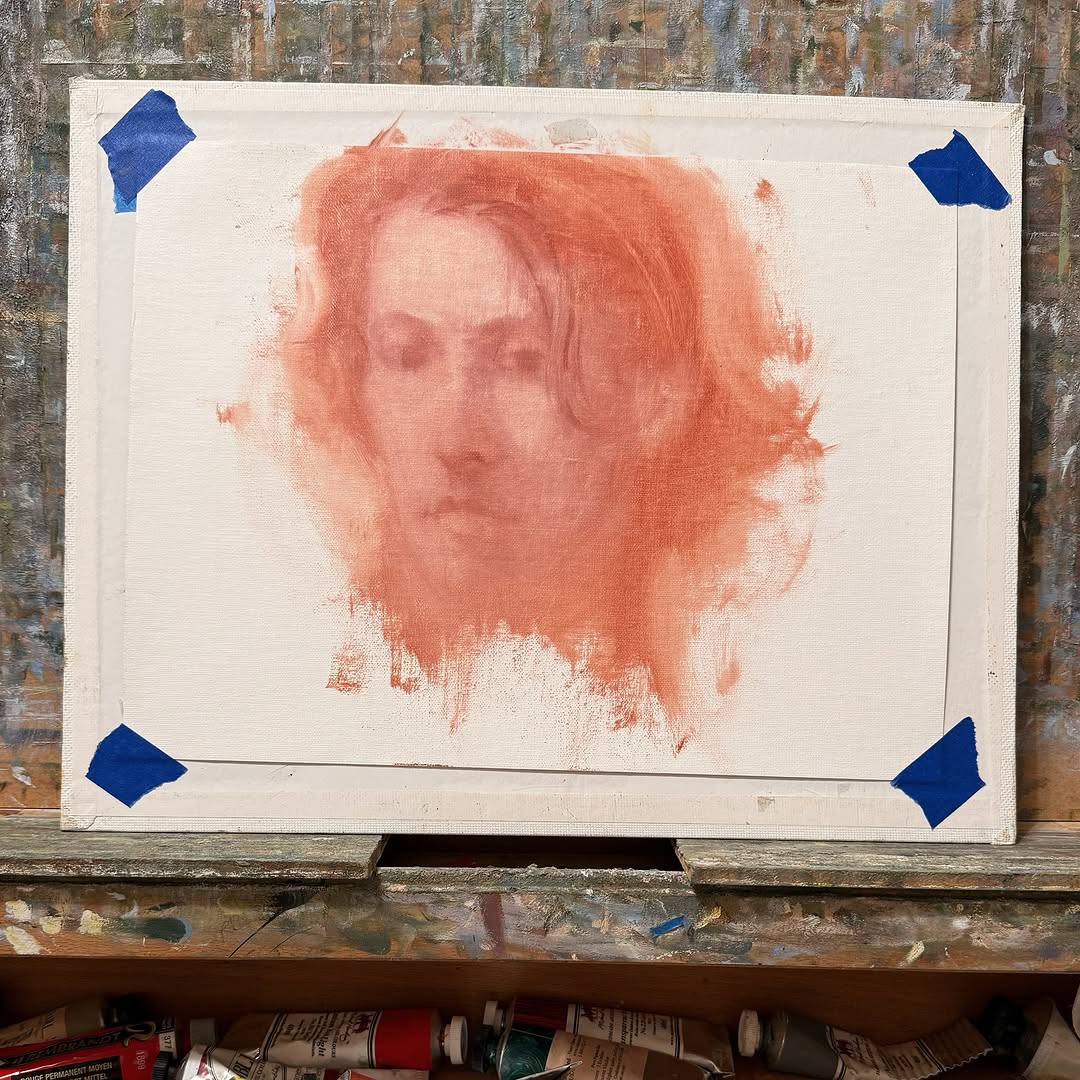
source @riakrishnanfineart
Artists don’t just draw what they think they see—they observe details, shapes, and shadows differently. Train yourself to look at objects in terms of lines, angles, and light distribution. Instead of assuming how something looks, take time to analyze it. Squint your eyes to simplify an object’s light and dark areas. By truly observing rather than guessing, your drawings will become more accurate and natural.
4. Shading Can Make or Break Your Drawing
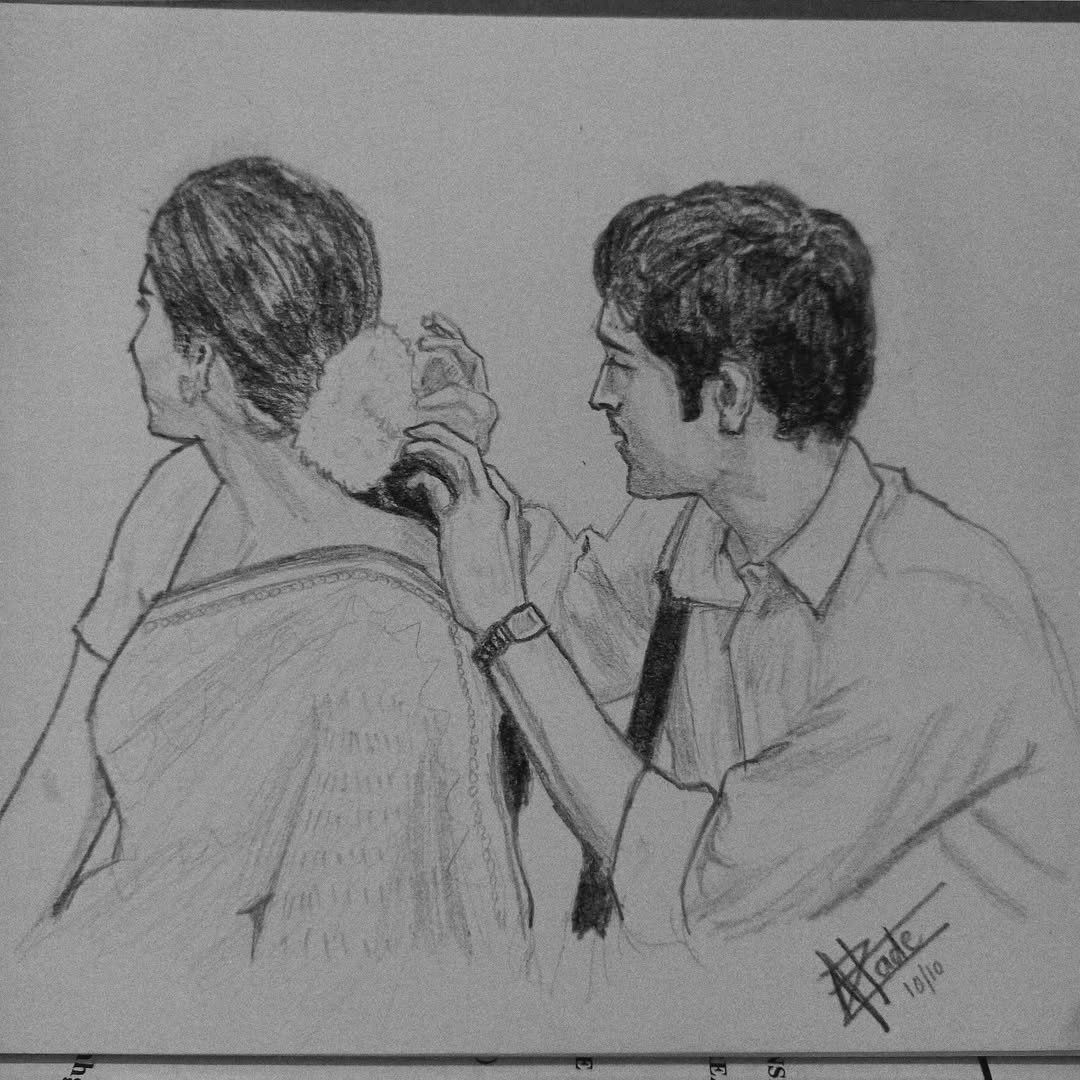
source @such_a.waste
Shading is the key to turning a flat sketch into a realistic image. It helps create depth, volume, and a sense of lighting. Many beginners struggle with shading because they apply it too harshly or unevenly. Instead of pressing hard with a pencil, use a layering technique—start with light strokes and gradually build up darker areas. Blending tools like a blending stump or tissue paper can help smooth out harsh edges and create seamless transitions between light and dark. If you’re serious about improving your shading, investing in a shading set with multiple pencil grades is highly beneficial. [Amazon product recommendation]
5. The Power of Negative Space
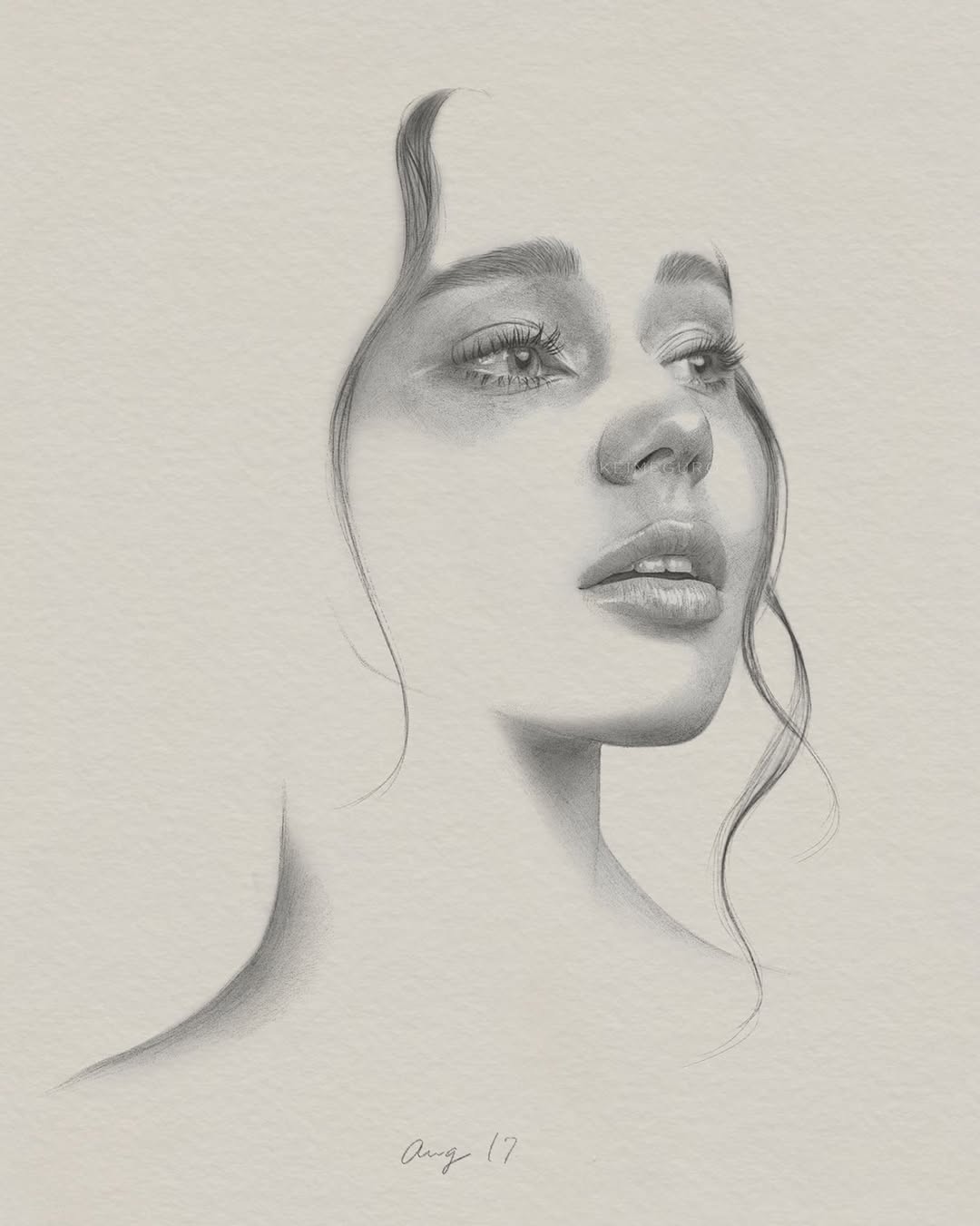
source @keimeguro
Most people focus on drawing the subject itself, but paying attention to the negative space (the area around and between objects) can improve your accuracy. Negative space drawing helps train your brain to see shapes more clearly rather than relying on assumptions. For example, instead of drawing a chair by focusing on its legs and seat, try drawing the empty spaces between the legs first. This approach sharpens your observation skills and improves your compositions.
6. Gesture Drawing Improves Speed and Accuracy
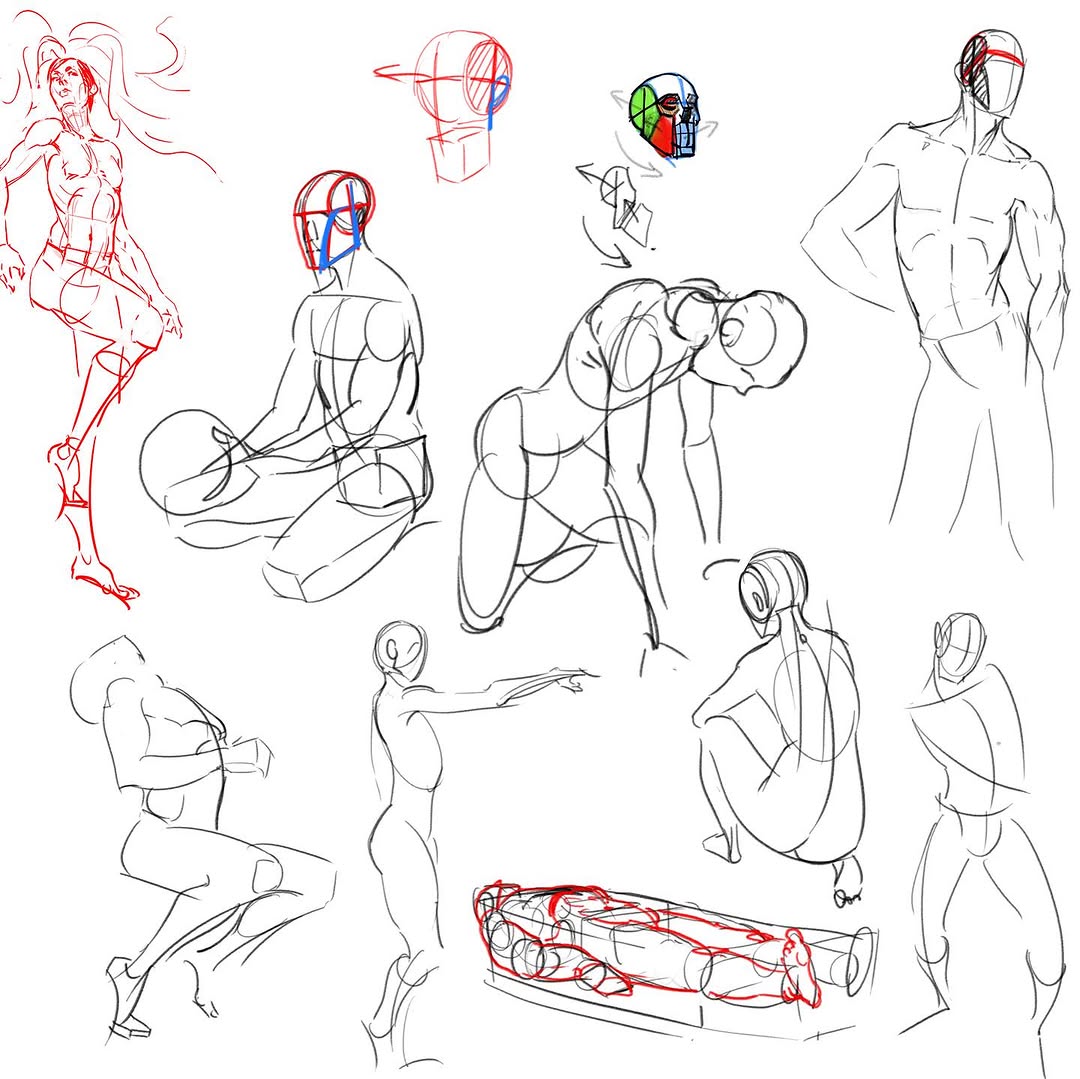
source @noor_al_rassam
Gesture drawing is a technique where you create quick, loose sketches to capture movement and energy. These are not about perfect details but rather about getting the overall form and flow. It’s particularly useful for drawing human figures and animals, as it helps you develop a sense of movement. Set a timer for 30 seconds and sketch a subject as fast as you can, focusing on the main action and posture. Regular gesture drawing practice will make your work feel more dynamic and natural.
7. Proportions Are Key to Realistic Drawings
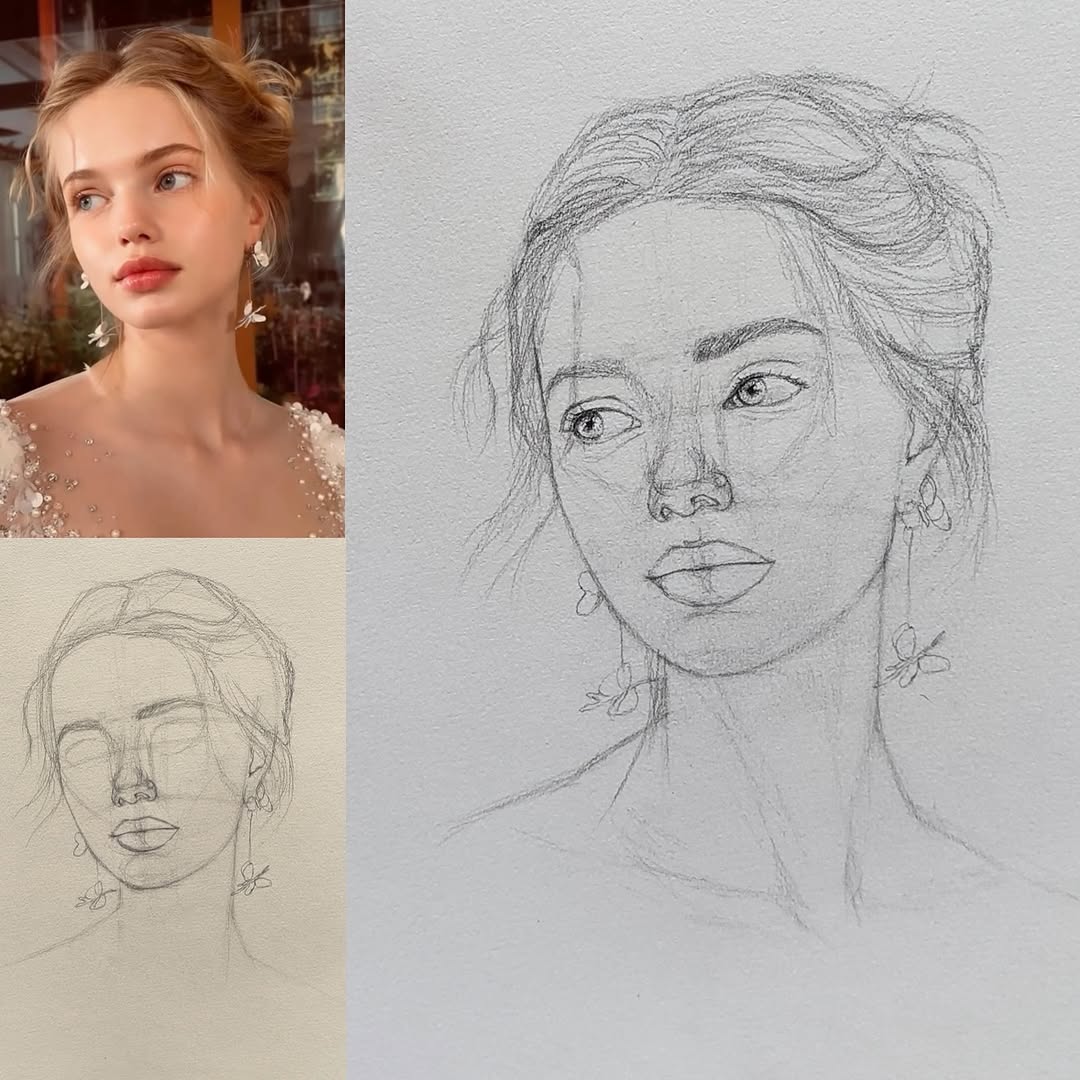
source @hamed.elshal
One of the most challenging aspects of drawing is getting proportions right. Whether you’re drawing a face, a hand, or an entire scene, proportions determine the realism of your work. A great trick is the pencil measurement technique—hold a pencil at arm’s length to compare the relative sizes of different parts of your subject. Using guidelines and grids can also help maintain proper proportions.
8. Experiment with Different Textures
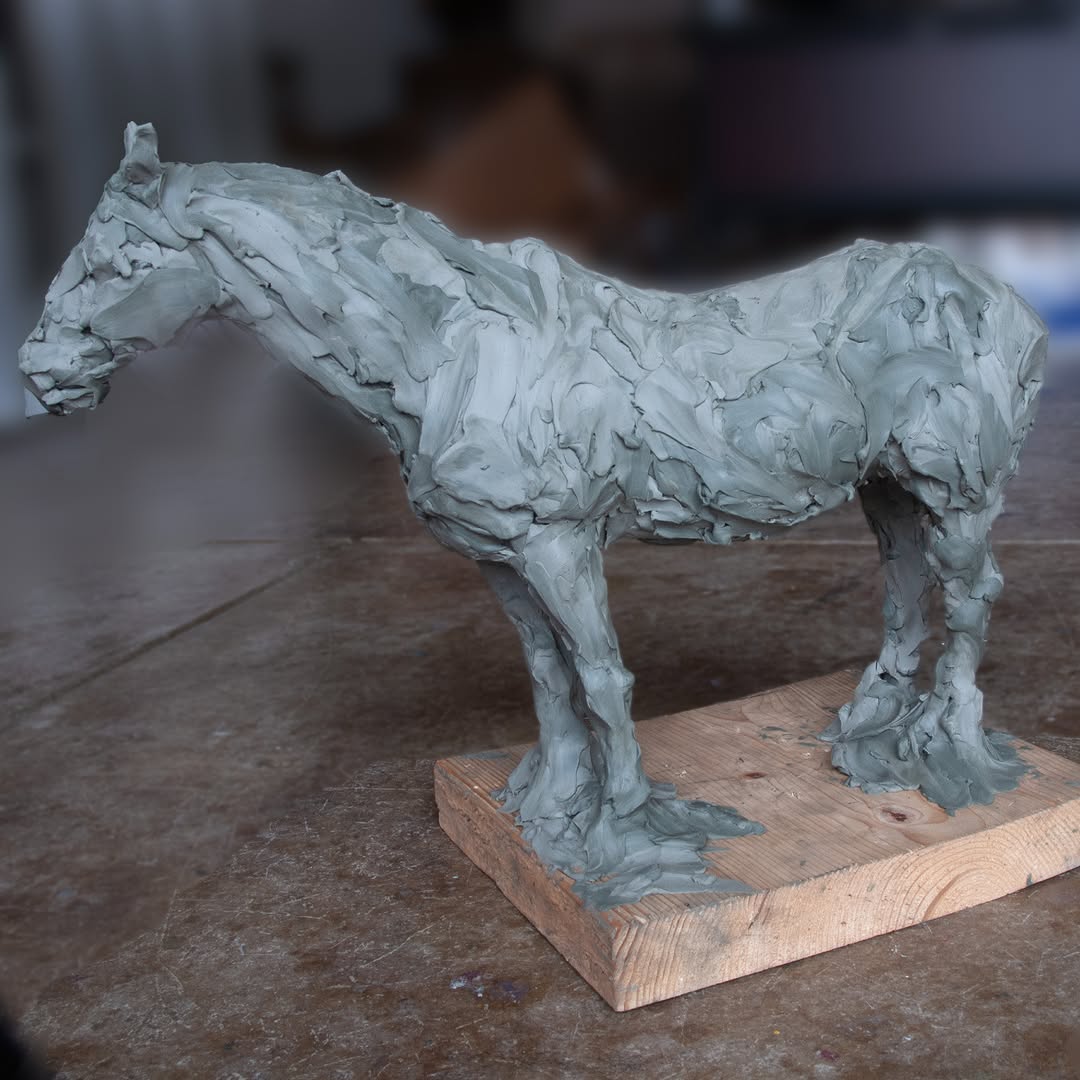
source @jillsoukup
Adding texture to your drawings makes them more interesting and realistic. Textures can be smooth, rough, soft, or grainy, depending on the object you’re drawing. There are different ways to create texture, including cross-hatching, stippling, and scribbling. Experiment with different techniques to see which one suits your subject best. For instance, stippling (using tiny dots) works well for rough surfaces, while smooth shading creates a polished look.
9. Don’t Underestimate the Power of Erasers
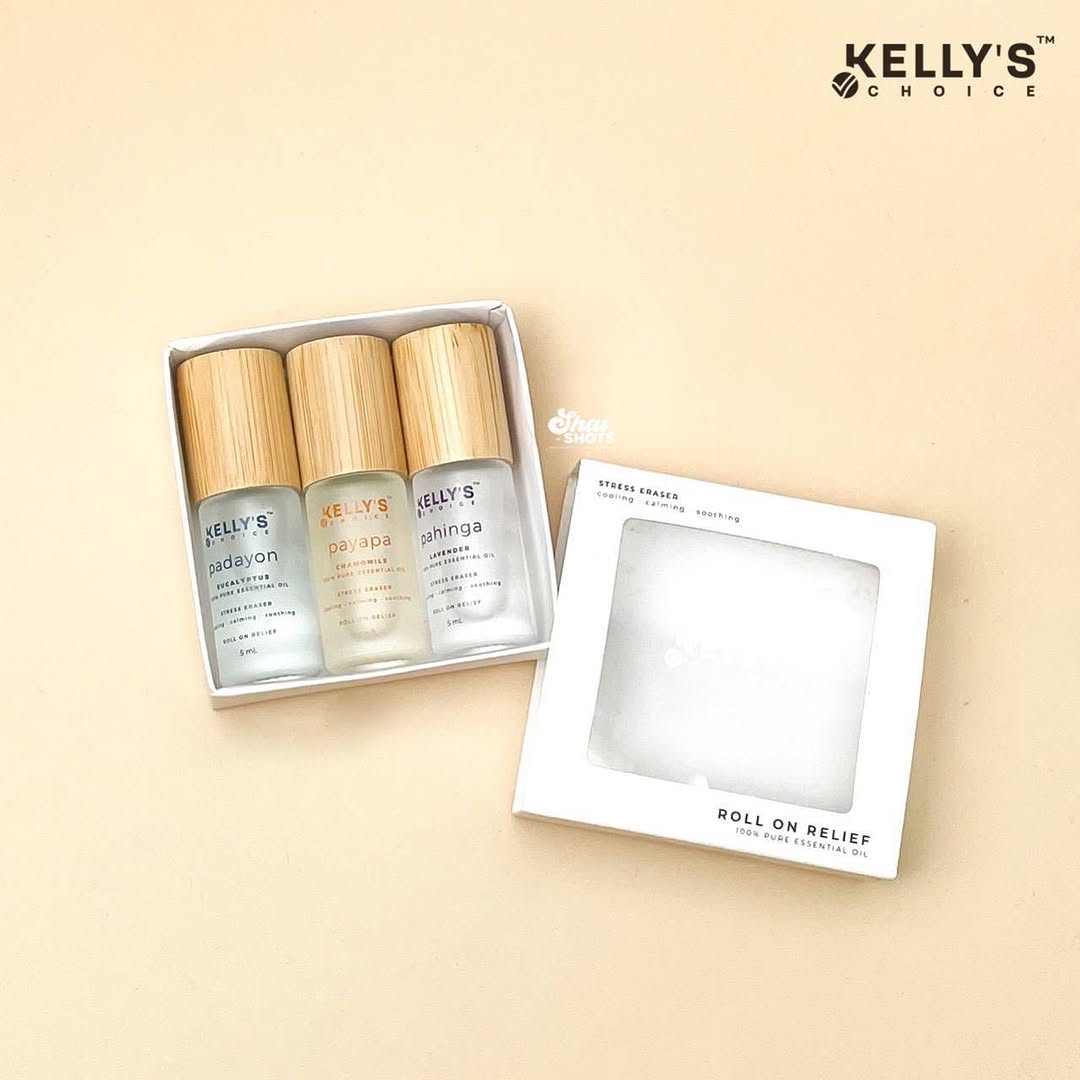
source @kellyschoiceofficial
Erasers are not just for correcting mistakes—they can also be used as drawing tools. A kneaded eraser is excellent for lifting graphite and creating highlights, which adds depth and contrast to your drawing. You can shape it into a fine point for small details or press it lightly to soften an area. Having the right eraser can make a significant difference in how your artwork turns out.
10. Use Reference Photos, But Don’t Copy Blindly
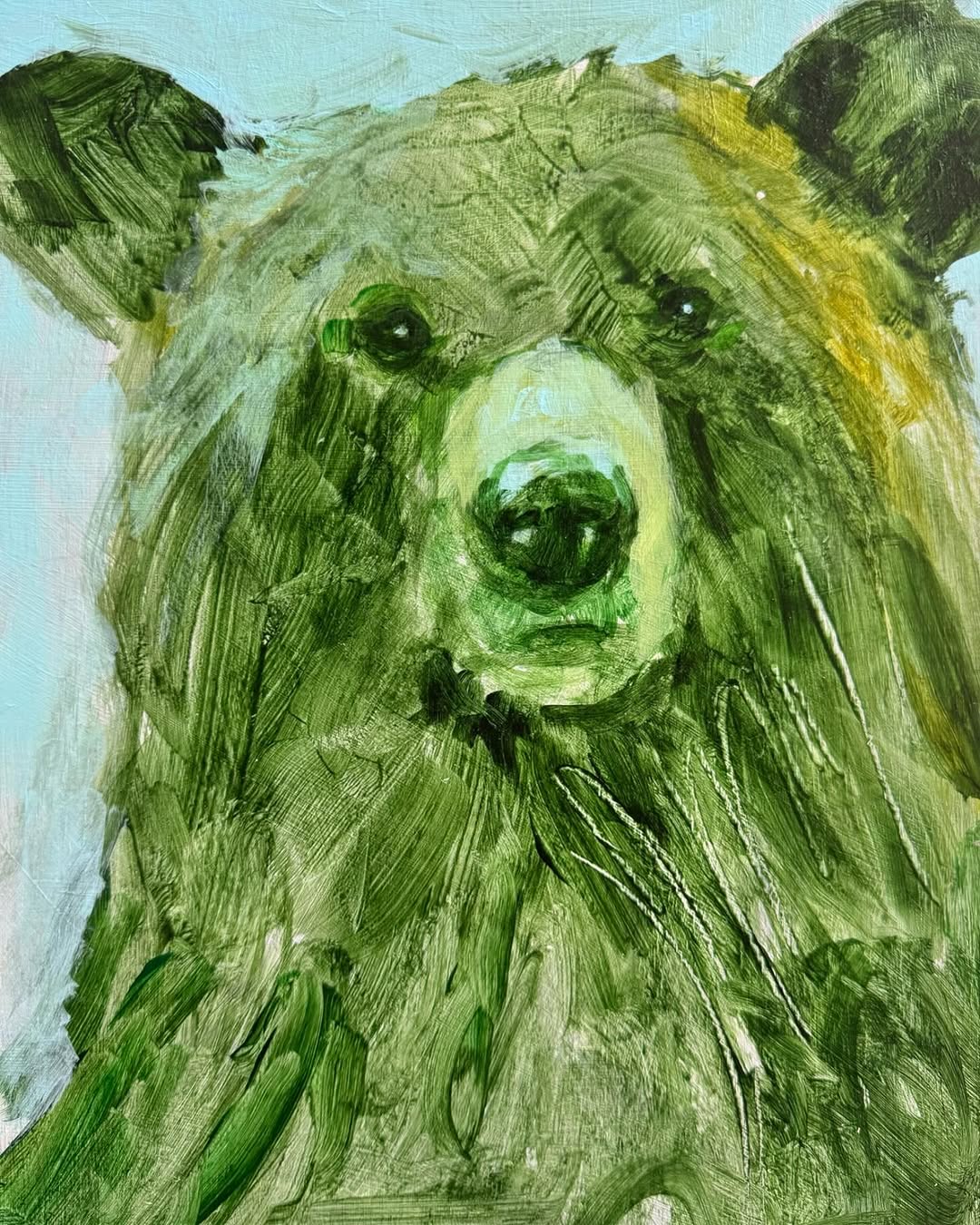
source @doriamoodieartist
Using reference photos is one of the best ways to improve your drawing skills, but relying on them too much can limit your creativity. Instead of copying an image exactly, try breaking it down into basic shapes and understanding its structure. Pay attention to details like lighting, proportions, and perspective. After sketching from a reference, challenge yourself by drawing the subject from memory to reinforce what you’ve learned. This approach not only helps you improve your observational skills but also builds your ability to create original artwork. To make studying reference images easier, consider using a digital drawing tablet or adjustable tablet stand to display your references without constantly looking away from your drawing surface.
11. Cross-Contour Lines Help Create 3D Forms
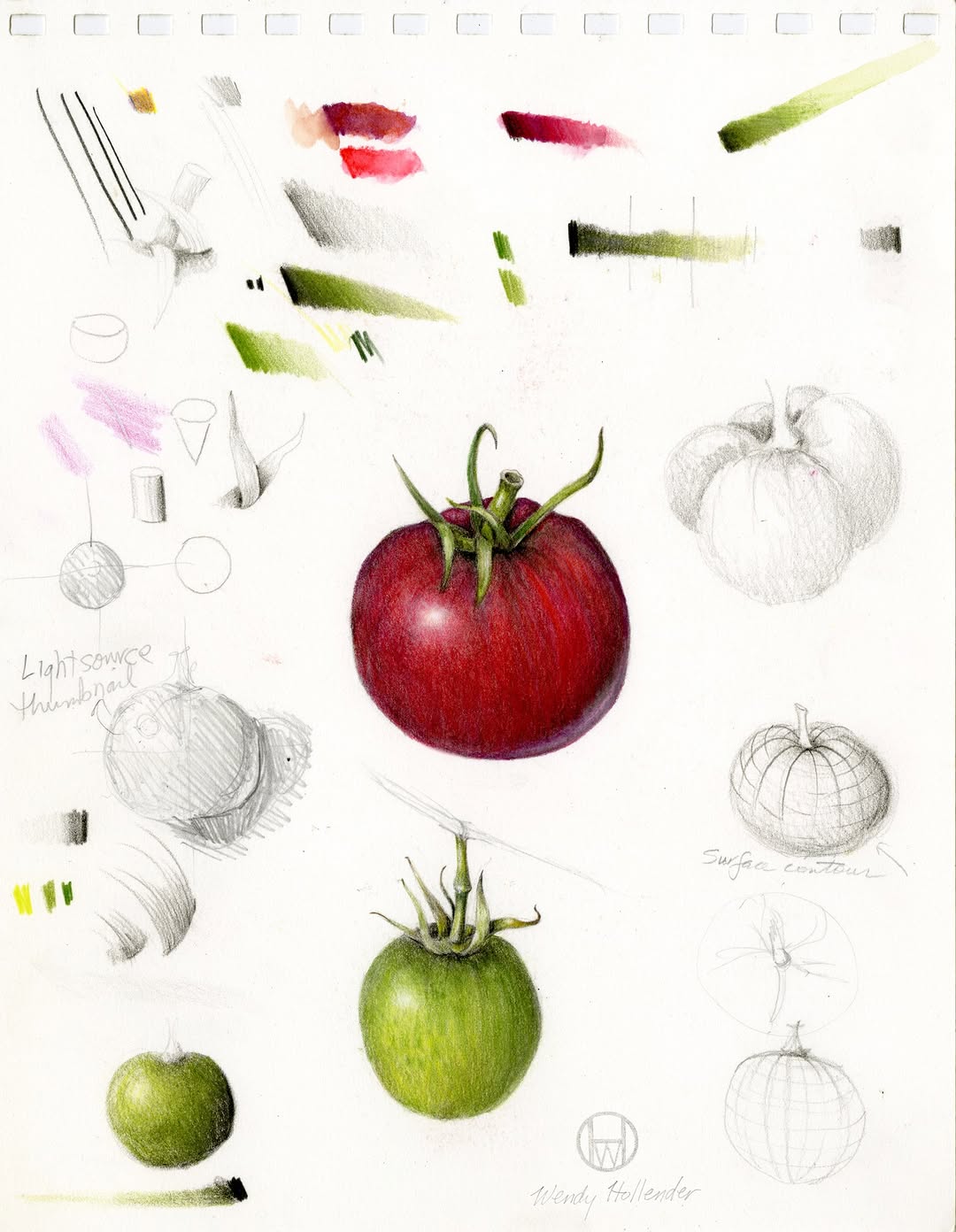
source @drawbotanical
When drawing, it’s easy to focus only on outlines, but adding cross-contour lines can bring your sketches to life. Cross-contours follow the surface of an object and show its curvature, making it appear more three-dimensional. This technique is especially helpful for rounded objects like faces, arms, or fruit. Try practicing by drawing a sphere and adding curved lines that wrap around it—this will help you understand how form works. A fine-tipped pen set can be useful for practicing contour drawings with clean, precise lines.
12. Light Source Awareness Changes Everything
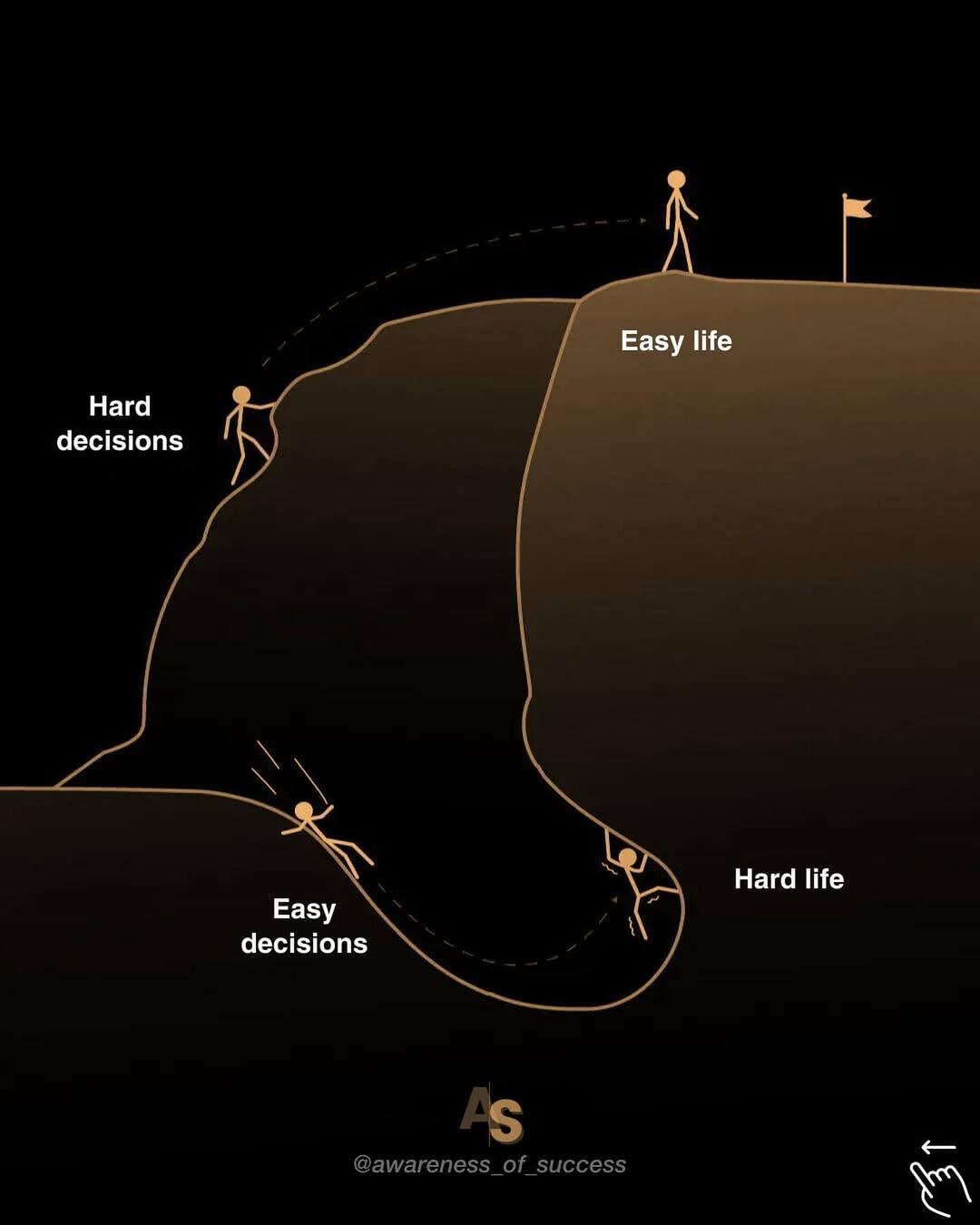
source @awareness_of_success
Understanding light sources is crucial for making your drawings more realistic. Before you start shading, determine where the light is coming from. This helps you place highlights, mid-tones, and shadows correctly. The direction, intensity, and color of light all affect how an object appears. Try using a small desk lamp or adjustable LED light when drawing to experiment with different lighting effects. You can even take photos of an object under different lighting conditions to study how shadows behave.
13. Perspective Creates Depth and Space
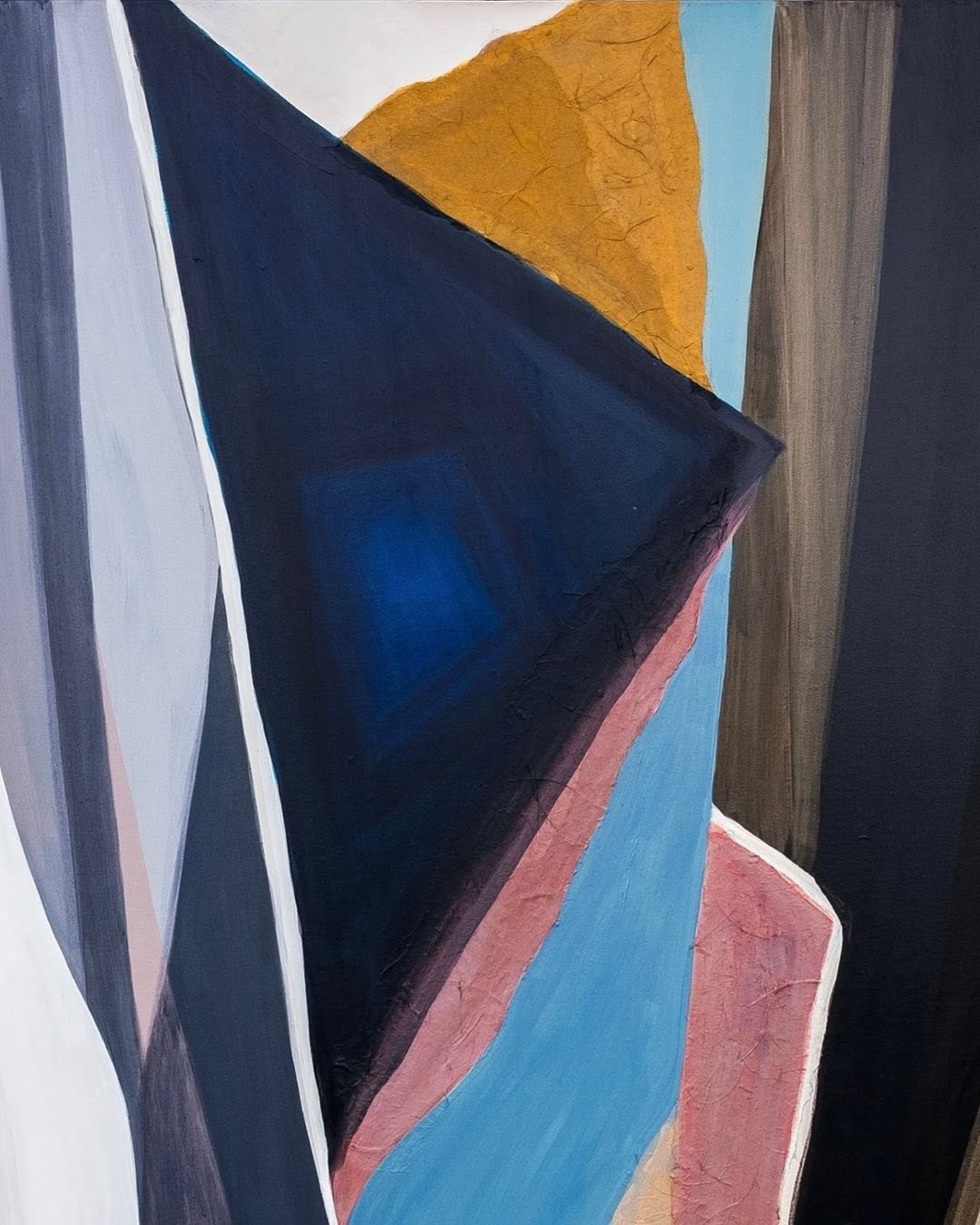
source @shruti_goyal_
Mastering perspective will instantly make your drawings look more professional. Whether you’re drawing buildings, landscapes, or interiors, perspective creates the illusion of depth. Start with simple one-point perspective exercises (like a road disappearing into the distance), then progress to two-point and three-point perspectives. Using a ruler or a perspective grid sketchbook can help you maintain accuracy in your lines. If you’re serious about learning perspective, consider a drawing guidebook on perspective techniques to speed up your progress.
14. Color Theory Applies Even in Pencil Drawings
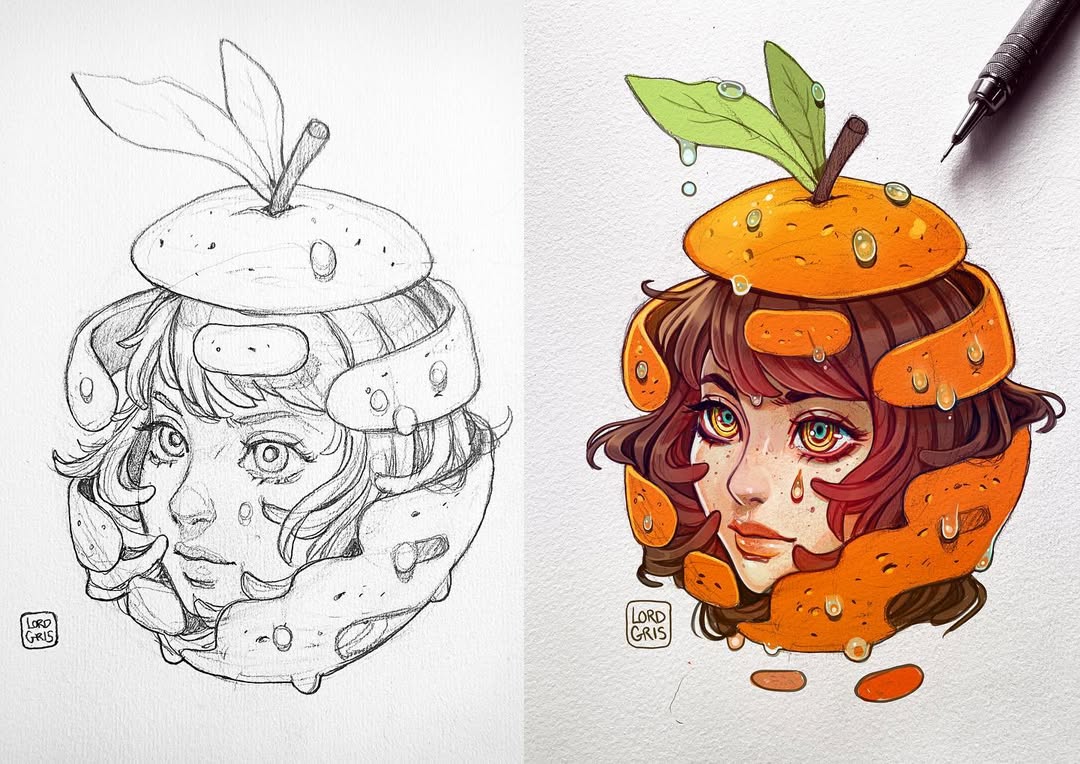
source @lord_gris
Even if you primarily work in black and white, understanding color theory can improve your drawings. Value, contrast, and composition play a huge role in how a drawing is perceived. Good value contrast makes your drawings pop and ensures they don’t look flat. A useful exercise is converting a colored image to black and white and studying the light and dark areas. To improve your shading and value work, use a set of soft and hard graphite pencils to create a full range of tones.
15. Avoid Overworking Your Drawings
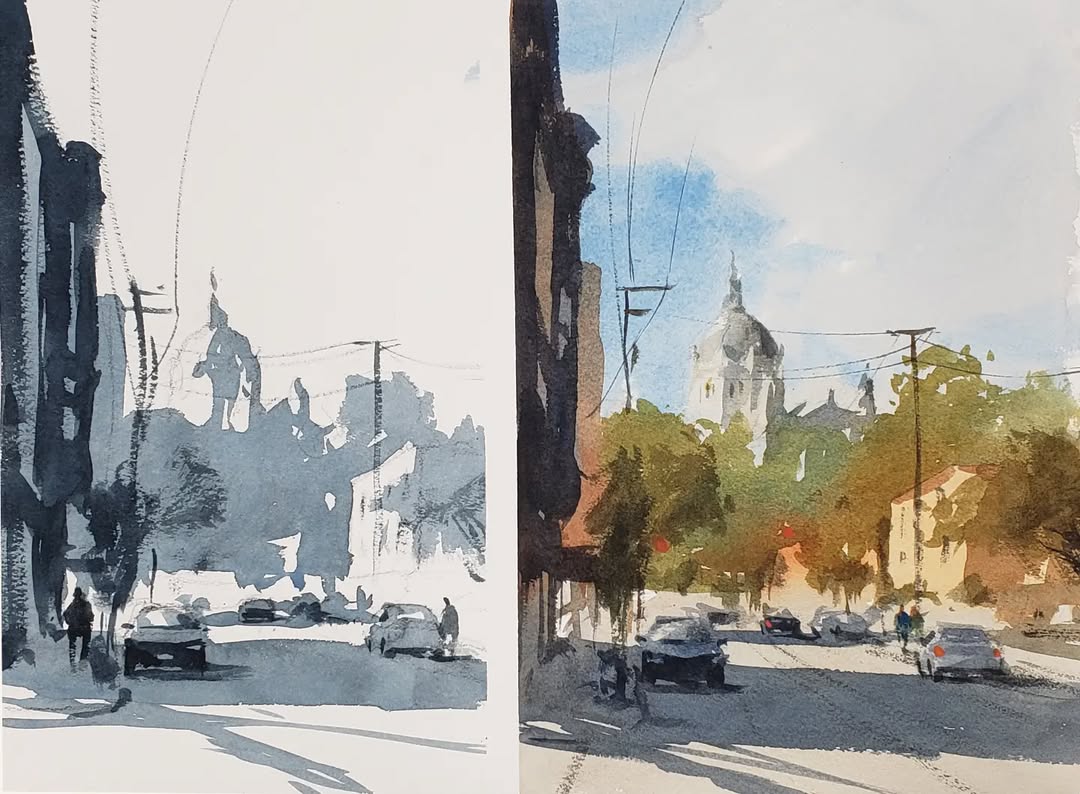
source @andyevansen
Many beginners struggle with knowing when to stop. It’s tempting to keep adding details, but overworking a drawing can make it look cluttered or even ruin its initial charm. Take breaks and step back to assess your work from a distance. If a drawing looks good from far away, it’s likely finished. Using a fixative spray can help you preserve your work and prevent smudging, giving you confidence to stop at the right moment.
16. Daily Sketching Builds Muscle Memory
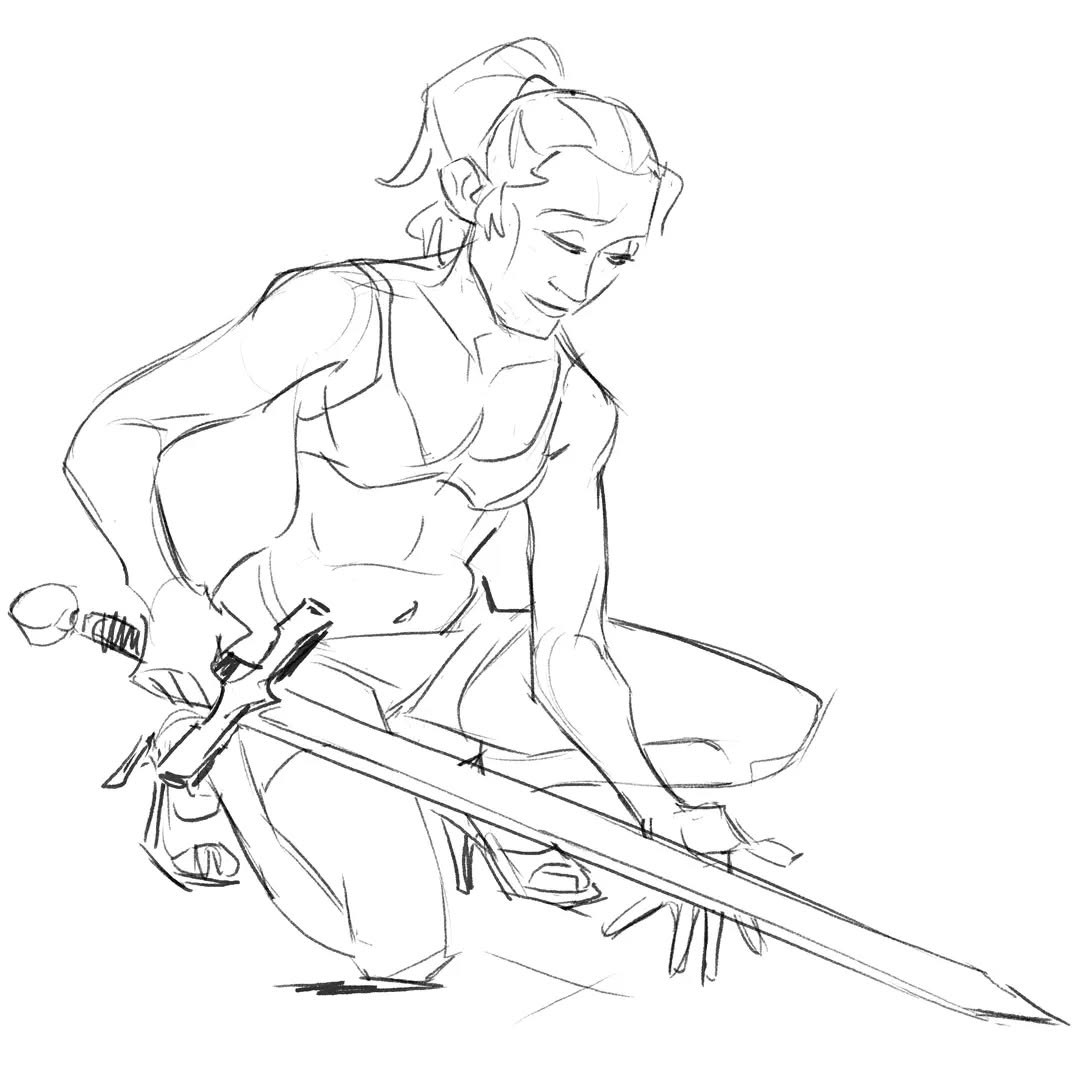
source @meganimation
Drawing every day, even for just 10 minutes, can significantly improve your skills. Think of it like exercising—muscle memory builds over time, making lines smoother and more controlled. Keep a small pocket sketchbook with you and doodle whenever you have spare time. You don’t need to create a masterpiece every day; quick sketches, gesture drawings, or even simple lines and shapes can train your hand. Using drawing prompts or sketching challenge books can also help keep your practice fresh and fun.
17. Try Different Drawing Mediums
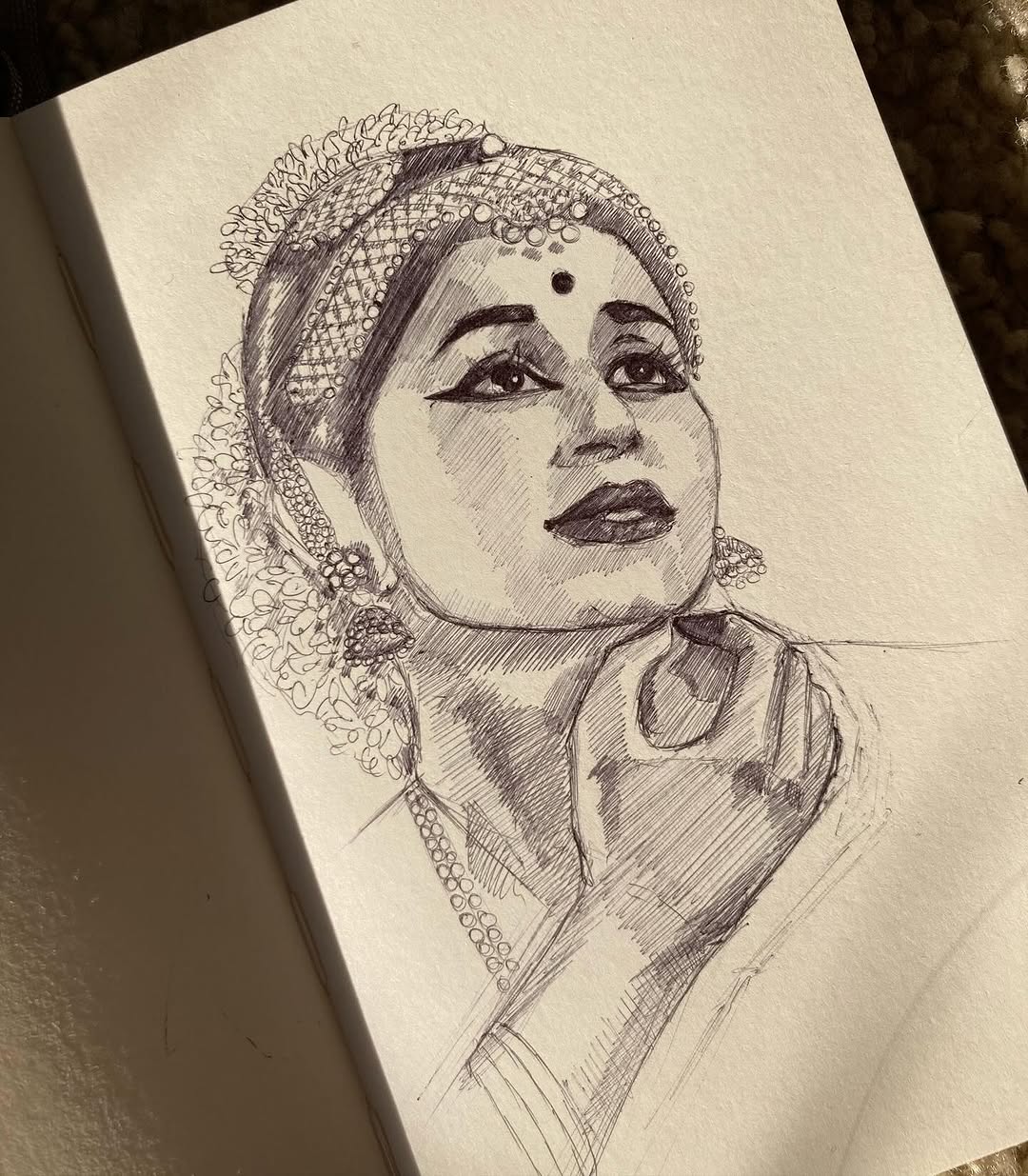
source @tarayamai
While pencils are a great starting point, experimenting with different mediums can help you discover your artistic style. Try working with charcoal for rich, dramatic shading, ink pens for bold, clean lines, or colored pencils for layering techniques. Each medium teaches you something new about texture, shading, and control. Investing in a mixed media sketchbook can allow you to explore various mediums without worrying about ruining regular paper
18. Break the Rules and Experiment
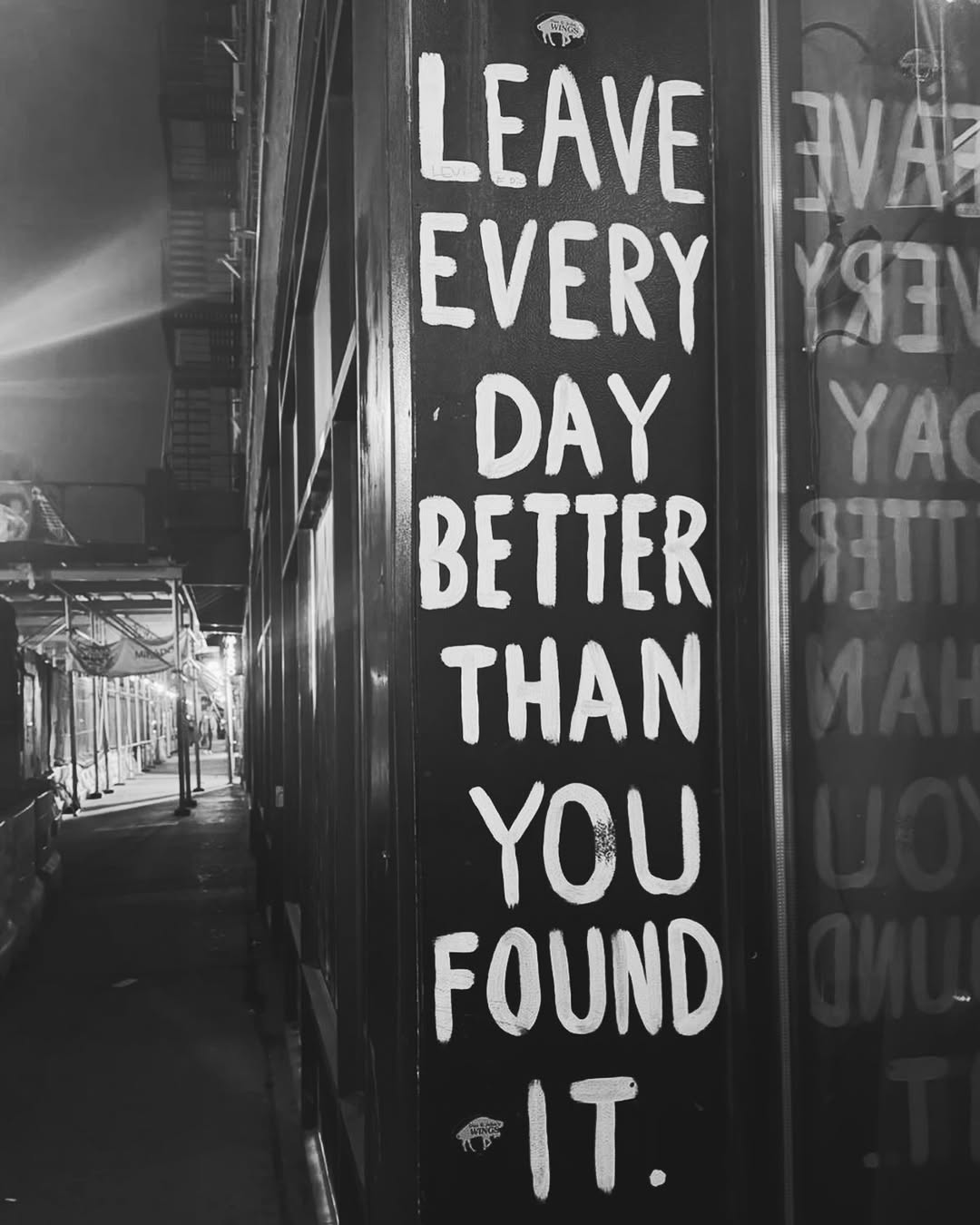
source @thelawofwinning
Once you’ve learned the fundamentals, don’t be afraid to break the rules. Art is about expression, and sometimes the best pieces come from experimenting with unconventional techniques. Try drawing with your non-dominant hand, sketching upside down, or mixing different materials. Using a set of watercolor pencils with graphite can create unique textures, or drawing on toned paper instead of white can challenge your usual shading methods. Pushing boundaries can lead to artistic breakthroughs!
19. Track Your Progress to Stay Motivated
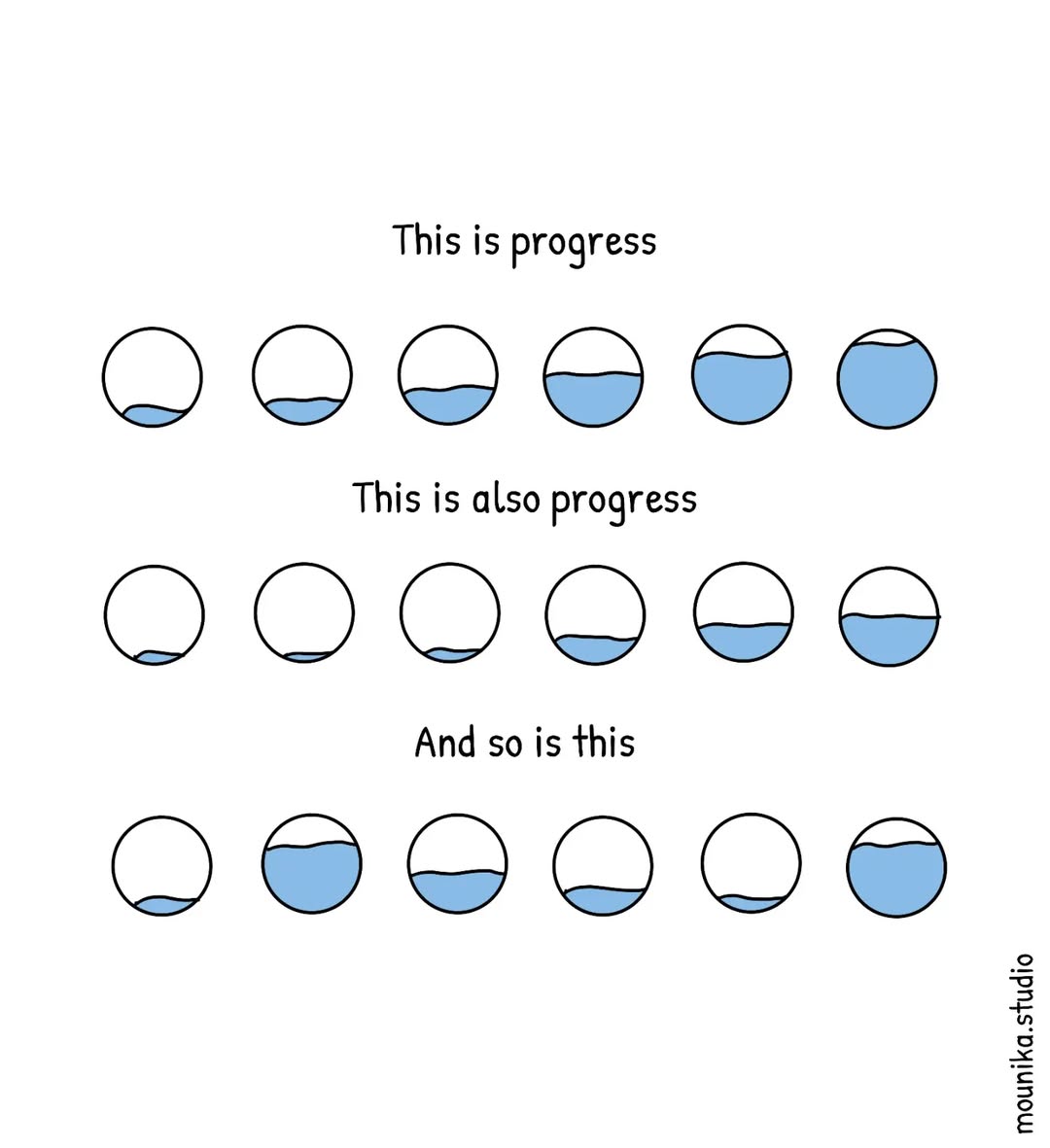
source @mounika.studio
It’s easy to feel stuck when you’re learning to draw, but looking back at your older work can be incredibly motivating. Keep a progress journal where you date and store your sketches. Over time, you’ll see how much you’ve improved, which will boost your confidence. If you prefer a digital approach, try using an art portfolio app to document your growth. Some artists even recreate an old drawing every few months to see their progress clearly.
20. Study the Masters and Learn from Them
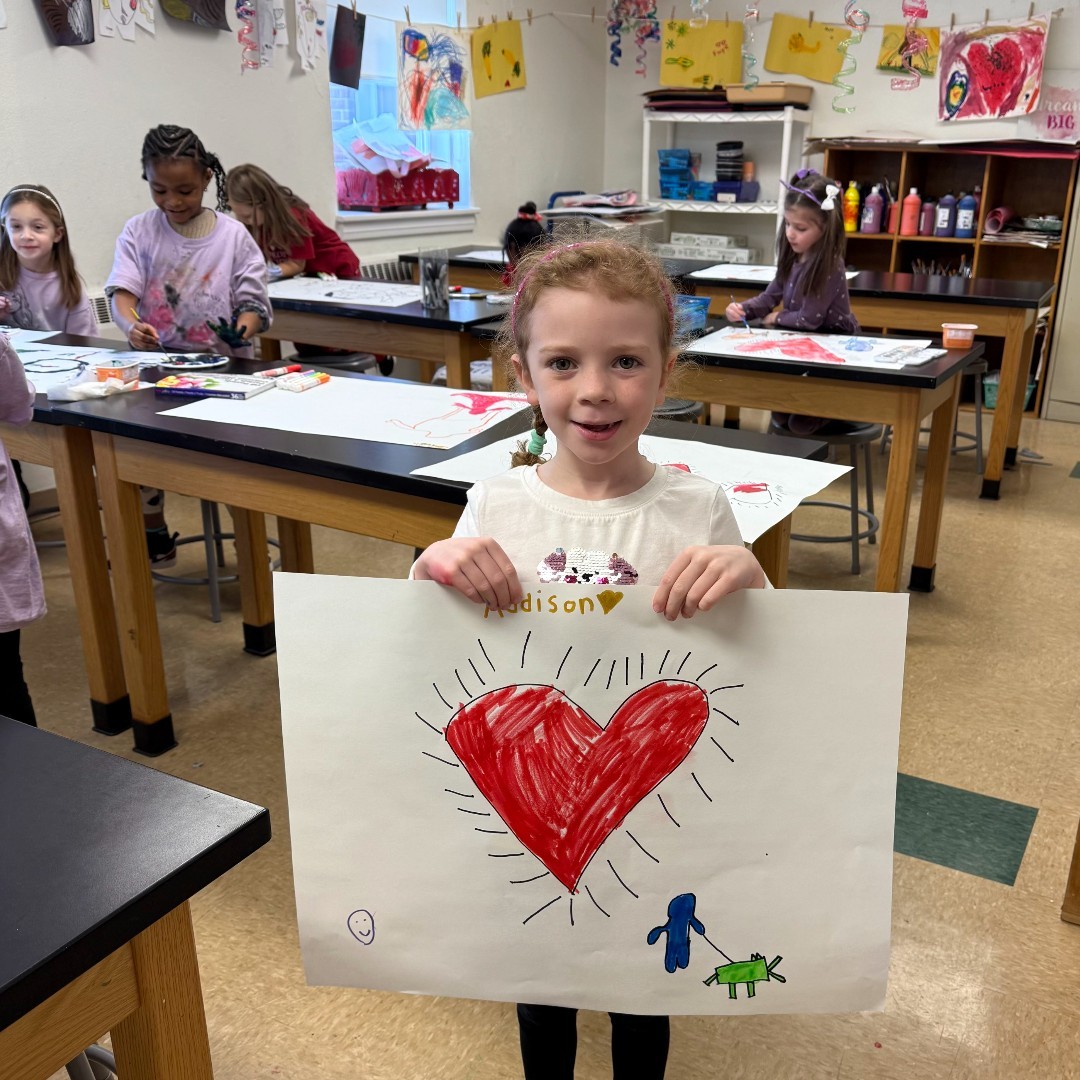
souce @shabrynmawr
Looking at the work of great artists—whether from classical painters or modern illustrators—can teach you a lot. Study their techniques, compositions, and use of light. Try replicating a piece by a master artist to understand how they achieved certain effects. Many great artists keep art books or anatomy guides to study proportions and poses. If you want to dive deeper, consider taking online drawing courses or watching video tutorials to get professional insights.
21. Most Importantly: Have Fun with It
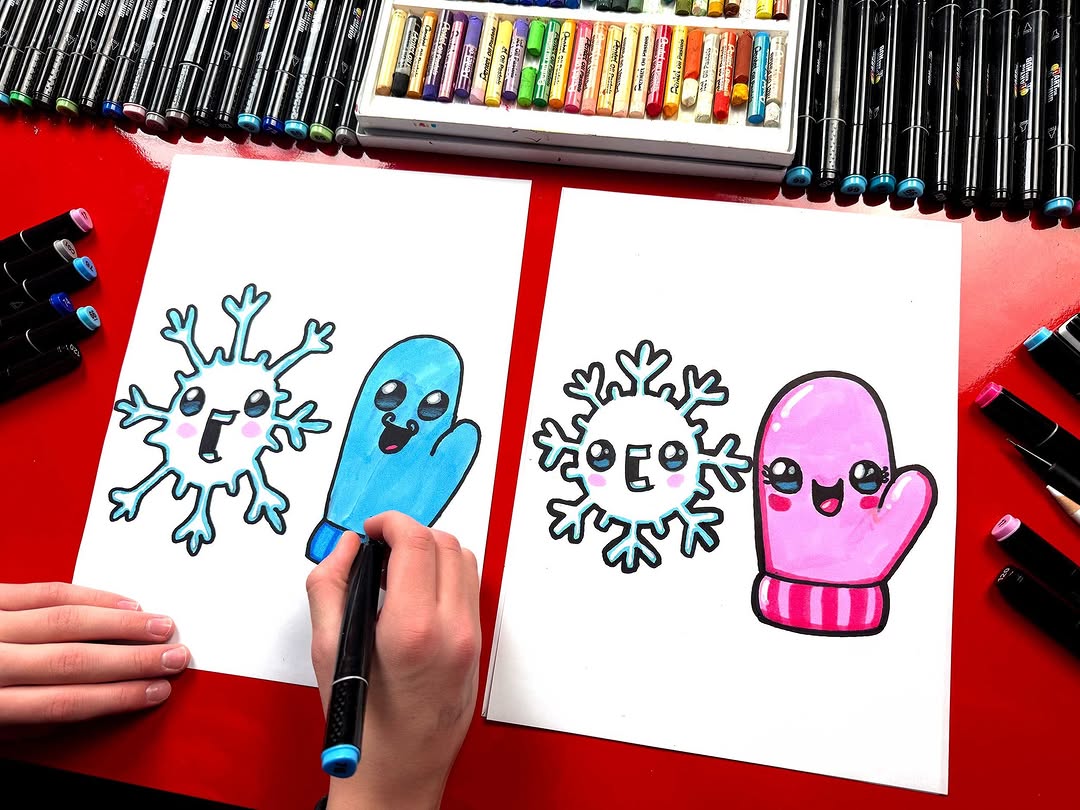
source @artforkidshub
At the end of the day, drawing should be enjoyable, not stressful. Don’t compare yourself too much to others or get discouraged if progress feels slow. Every artist has their own pace, and improvement happens naturally with consistent practice. If you ever feel stuck, switch things up—draw something silly, try a new medium, or challenge yourself with a fun drawing prompt. Having a comfortable drawing setup, like an ergonomic chair or an adjustable drawing board, can also make your creative sessions more enjoyable



